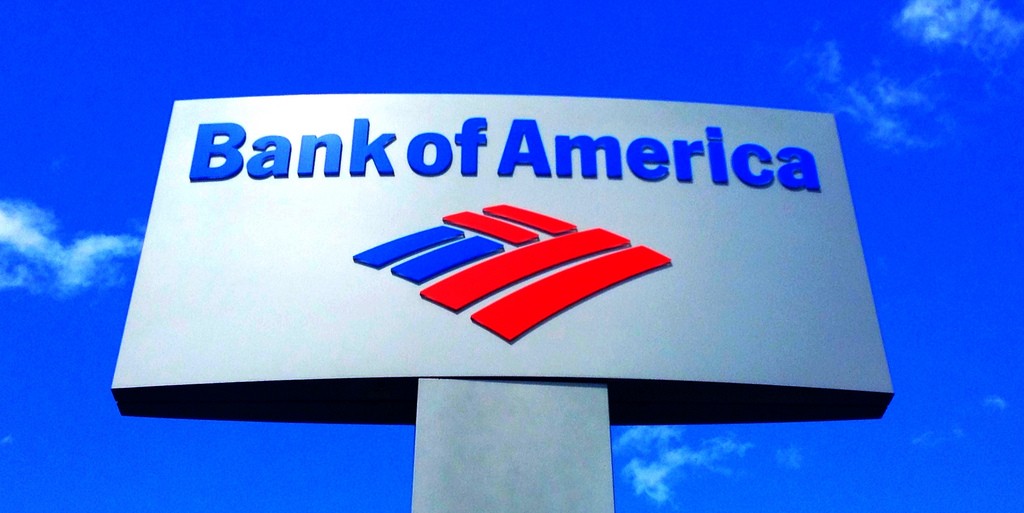According to data analyzed by CoinDesk, the US Patent and Trademark Office (USPTO) has received 390 blockchain technology patent applications this year between January and July.
Bank of America (BoA) has also been considering using blockchain technology to track the processing of file transfers more efficiently. As of August, BoA has filed more than 20 cryptocurrency and blockchain-related patent applications, nine of which were submitted in 2016, four were filed in 2015, and 10 were filed in 2014.
The proposed system was recently released by the USPTO, detailing a system that combines blockchain technologies with communications and memory devices. This process would help simplify data processing procedures at BoA. The systems currently employed by the bank require the use of middleware as well as a large number of memory, resource, and time requirements. These memory requirements make it impossible to track the status of data during processing.
BoA proposes the use of blockchain technologies in order to make the transfer of large volumes of data quicker, while simultaneously being able to track the data using cryptographic keys as packets are transferred. The aim of such a system, according to the bank, is to use a blockchain to handle two types of data processing: the actual data transfer itself, as well as a record of the cryptographic keys that classify each data packet and its current processing stage.
According to the patent applications:
“The present invention is directed to providing a novel technical solution that reduces transactional and informational complexities and transforms the processing of electronic files and management of data contained within such files.”
Blockchain technologies act as a digital ledger that records transactions and confirms them anonymously. Once entered, the information cannot be altered. “At a high level, blockchain technology allows a network of computers to agree at regular intervals on the true state of a distributed ledger,” says MIT Sloan Assistant Professor, Christian Catalini, an expert on blockchain and cryptocurrency technology.
All in all, these patents suggest that the US banking giant is continuing to build a portfolio of protected blockchain uses. The patents show many different proposals, such as those for a cryptocurrency risk detection system and a 'suspicious user' alert system. It seems that the US-based bank is looking towards blockchain technology as a way to authenticate information within their system as well as the people using it.

Bank of America seeks patent for a blockchain-based processing system
As of August, BoA has filed more than 20 cryptocurrency and blockchain-related patent applications, nine of which were submitted in 2016, four were filed in 2015, and 10 were filed in 2014.
